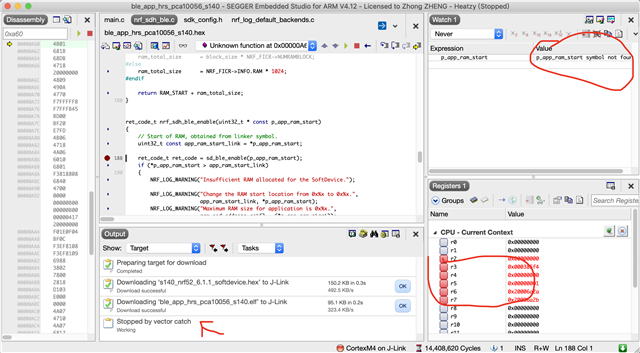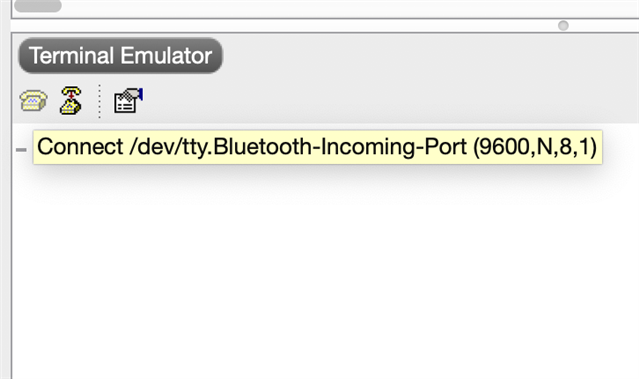hello ,everyone,
I want to add the dfu service to the hrs example, but after I follow the step by step guide operation, I import the (settings+softdevice+bootloader+app) hybrid file into nrf52840. My phone does not receive his Bluetooth signal (even The basic hrs service won't run), so I think it should be a problem with my code. Can you provide an example of adding an app to other examples? Thank you very much for your reply!




